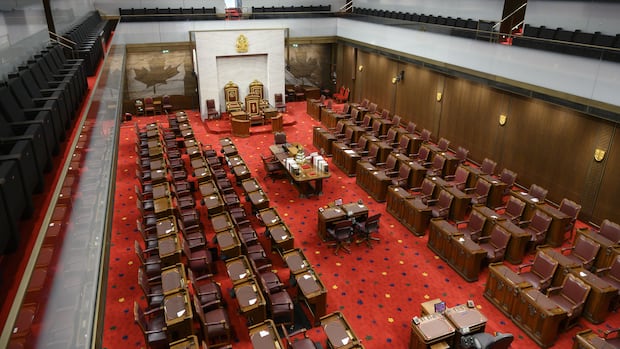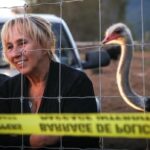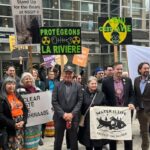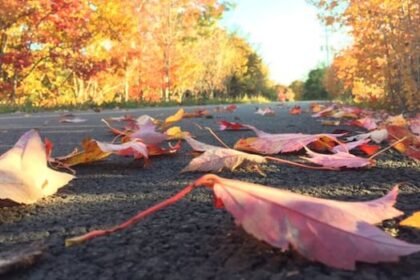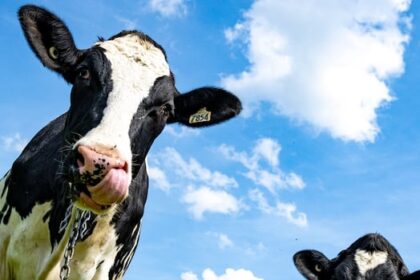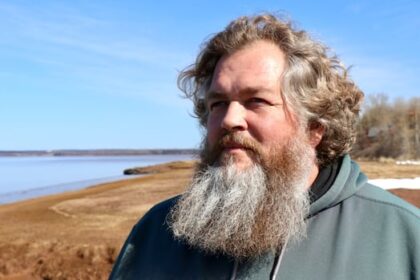IndigenousIndigenous leaders and experts say Bill S-2 takes small steps to address discrimination in the Indian Act but fails to solve deeper injustices like the second-generation cut-off.Bill S-2 aims to end sex-based inequality in the Indian Act, but critics say it doesn’t go far enoughSis’moqon · CBC News · Posted: Oct 07, 2025 6:08 PM EDT | Last Updated: October 8The Senate of Canada building and Senate chamber are pictured in Ottawa in 2019. (Sean Kilpatrick/Canadian Press)As Bill S-2 moves through the Senate, debate continues over whether the legislation will do enough to address remaining discrimination in registration under the Indian Act. The bill is aimed at removing remaining sex-based discriminations in the registration process, especially those tied to enfranchisement: the often involuntary loss of status to become “full citizens.”The bill also provides a process to reaffiliate women who were forced to join their husband’s band after marriage with their home communities or “natal band,” a process for people to remove themselves from the registry, and removes outdated, offensive language in the Indian Act. Senators are considering whether to advance the bill as it stands or to add additional amendments, such as ending the “second-generation cut-off” that removes status after two generations of one non-status parent. On Tuesday, the Senate committee on Indigenous peoples heard from Madeleine Redfern, interim CEO of the Native Women’s Association of Canada (NWAC).Redfern told senators that NWAC supports Bill S-2, but that it fails to take into account registration issues like the second-generation cut-off and communities’ right to control their own membership.”With the increasing number of families with one status and one non-status parent, the second-generation cut-off will become increasingly common, creating harmful and far fetching consequences by limiting future generations of Indigenous peoples from accessing status,” said Redfern.Madeleine Redfern is the interim CEO of the Native Women’s Association of Canada. (Abby Cole/CBC)Redfern, who is Inuk from Iqaluit, pointed to the Nunavut Agreement as an example of self-determination when it comes to determining identity and community affiliation. “My land claim agreement gives my nation, my people, the right to determine our identities through our own enrolment program, so it is possible in this country,” said Redfern.’Disappearing Indian formula’Sen. Mary Jane McCallum said as written the bill could restore status to nearly 6,000 people but if amended to remove the second-generation cut-off, as many as 225,000 could be eligible for status. Pam Palmater, chair in Indigenous Governance at Toronto Metropolitan University, told the committee the government must act now. “Canada cannot wait any longer,” she said.”It must make an amendment to eliminate the second-generation cut-off in this bill. It simply cannot enact yet another bill — this will be the fourth one with these incremental, tiny steps — while having an iron grip on the legislative extinction in the disappearing Indian formula.” Assembly of First Nations National Chief Cindy Woodhouse Nepinak presented to the standing committee last week, saying she supports the bill’s intent, but that it only represents a small step toward ending discrimination in registration.Pam Palmater says the federal government needs to act soon to eliminate the second-generation cut-off. (Submitted by Pam Palmater)”Since 1985, every few years, there is more litigation and then another bill to amend the registration provisions of the Indian Act, often with little direct consultation with rights holders who bear the brunt of the consequences with no additional resources or land to accommodate new registrants,” she told the committee last week. “Our people are entitled to determine who they are, and to have their entitlement to rights determined according to our laws and policies.”Another committee meeting is scheduled for Wednesday evening. ABOUT THE AUTHORSis’moqon is a Mi’kmaw woman from Ugpi’ganjig First Nation. She is a reporter with CBC Indigenous. She currently resides in Kjipuktuk, also known as Halifax. You can email her at sis.moqon@cbc.ca with story ideas.
Monday, 24 Nov 2025
Canada – The Illusion
Search
Have an existing account?
Sign In
© 2022 Foxiz News Network. Ruby Design Company. All Rights Reserved.
You May also Like
- More News:
- history
- Standing Bear Network
- John Gonzalez
- ᐊᔭᐦᑊ ayahp — It happened
- Creation
- Beneath the Water
- Olympic gold medal
- Jim Thorpe
- type O blood
- the bringer of life
- Raven
- Wás’agi
- NoiseCat
- 'Sugarcane'
- The rivers still sing
- ᑲᓂᐸᐏᐟ ᒪᐢᑿ
- ᐅᑳᐤ okâw — We remember
- ᐊᓂᓈᐯᐃᐧᐣ aninâpêwin — Truth
- This is what it means to be human.
- Nokoma


